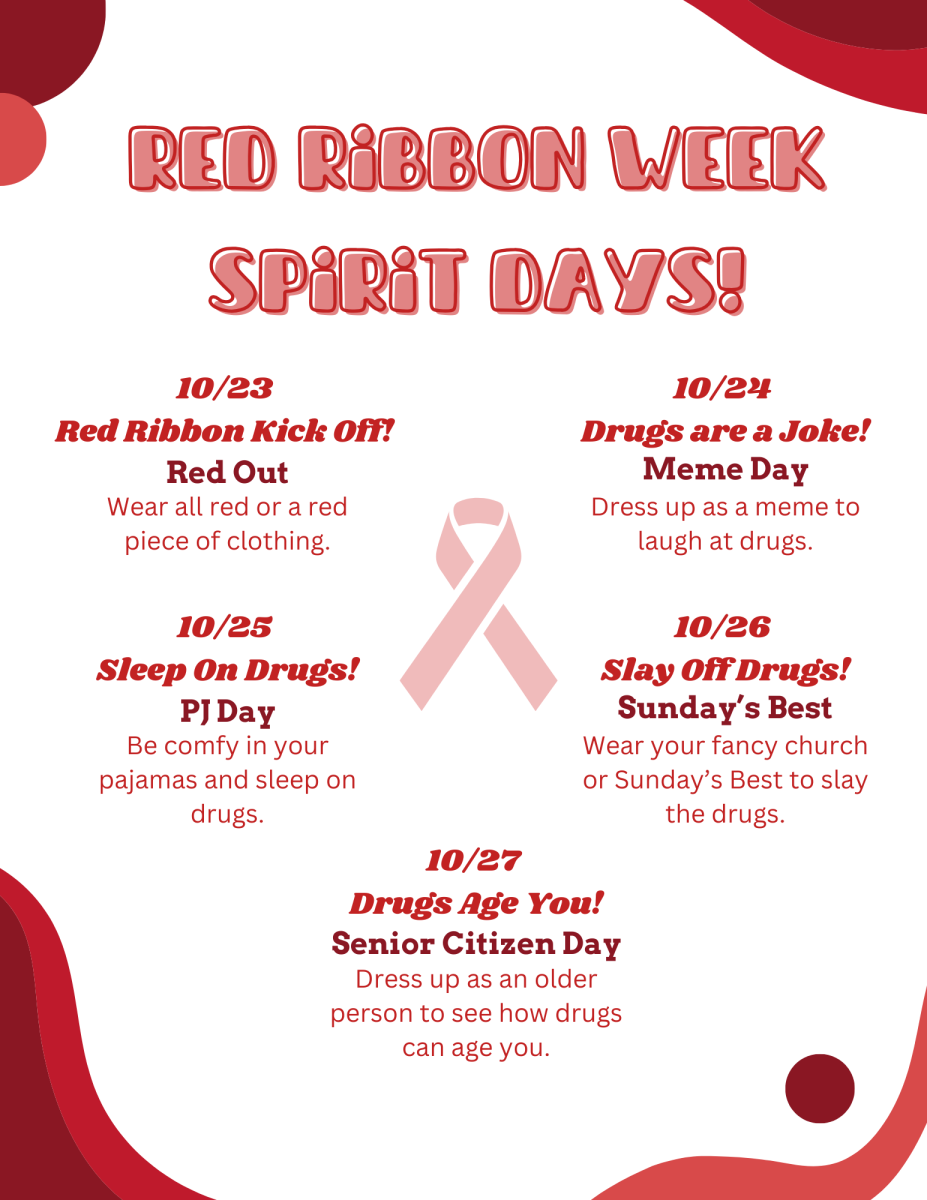Research on COVID-19 Continues
February 26, 2020
The recent coronavirus also known as 2019-nCoV is a virus that has caused an outbreak in Wuhan, China and at least two dozen other countries.
China’s total infected toll reached 42,638 as of Feb. 10, with 1,016 deaths, according to the National Health Commission. The U.S. is currently preparing for its own outbreak of this virus.
“Right now we’re aggressively intervening to contain introduction into the U.S.,” said Dr. Nancy Messonnier, Director of Immunization and Respiratory Diseases at the national Center for Disease Control and Prevention (CDC). “If community spread in the U.S. is established, we’ll implement broader measures to mitigate the impact of the virus on our communities.”
The 2019-nCoV is a virus that causes a variety of respiratory illnesses in people. The source is currently being researched and has been recently connected to pangolins due to a 99 % DNA match.
“This is an extremely interesting observation,” Edward Holmes, an evolutionary virologist at the University of Sydney in Australia, told Nature. “Although we need to see more details, it does make sense as there are now some other data emerging that pangolins carry viruses that are closely related to 2019-nCoV.”
Recently, the illness has been spreading from person to person but it is unclear how contagious the illness is. Although, it is usually thought to occur through coughing and sneezing with symptoms including fever, cough, and shortness of breath, all of which are common symptoms of the flu and cold. The CDC believes that people can see symptoms occur 2-14 days after initial contact with the virus.
“This looks to be a bad, heightened cold — I think that’s a rational way of thinking about it,” Matthew Frieman, a virologist at the University of Maryland School of Medicine said to the Washington Post. “Not to diminish its importance — it’s in the middle between SARS (severe acute respiratory syndrome) and the common cold.”
Though the number of those affected in China has been rapidly increasing, the outbreak has not been labeled a pandemic.
“The real issue here is whether we’re seeing efficient community transmission outside of China. At the present time, we’re not observing that,” said Dr. Michael Ryan, executive director of the World Health Organization’s (WHO) Health Emergencies Programme. “Therefore, I think we have to be very, very careful not to drive fear in the world right now, and be very cautious in using the words you have used.”
The United States has been preparing for an outbreak of this coronavirus but has been more focused on containing those already affected and preventing it from entering the country.
“More than 800 people are working on this response at the CDC alone including nearly 200 people working at the airports, department of defense bases and in states assisting their investigations,” Messonnier said.
With testing on the virus still occurring and much still unknown about the virus, research is still ongoing.
“This outbreak could still go in any direction,” said WHO director-general, Dr. Tedros Adhanom Ghebreyesus.























































